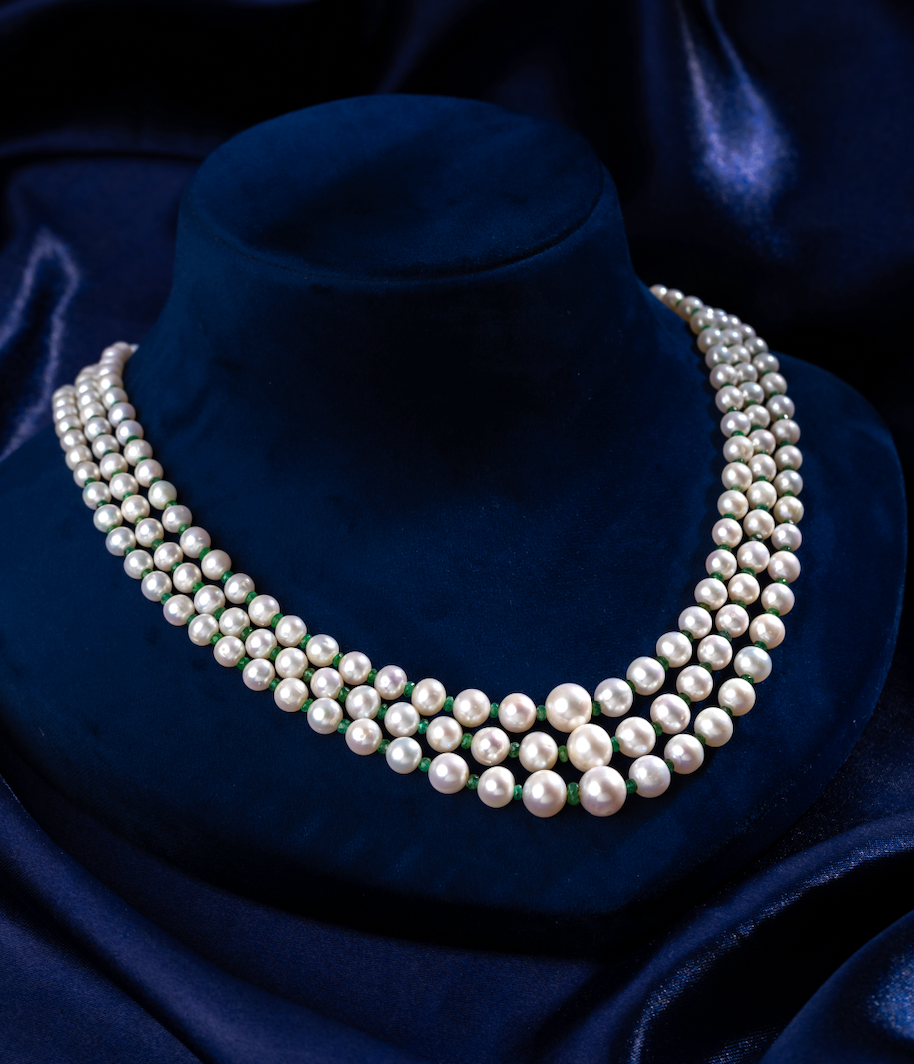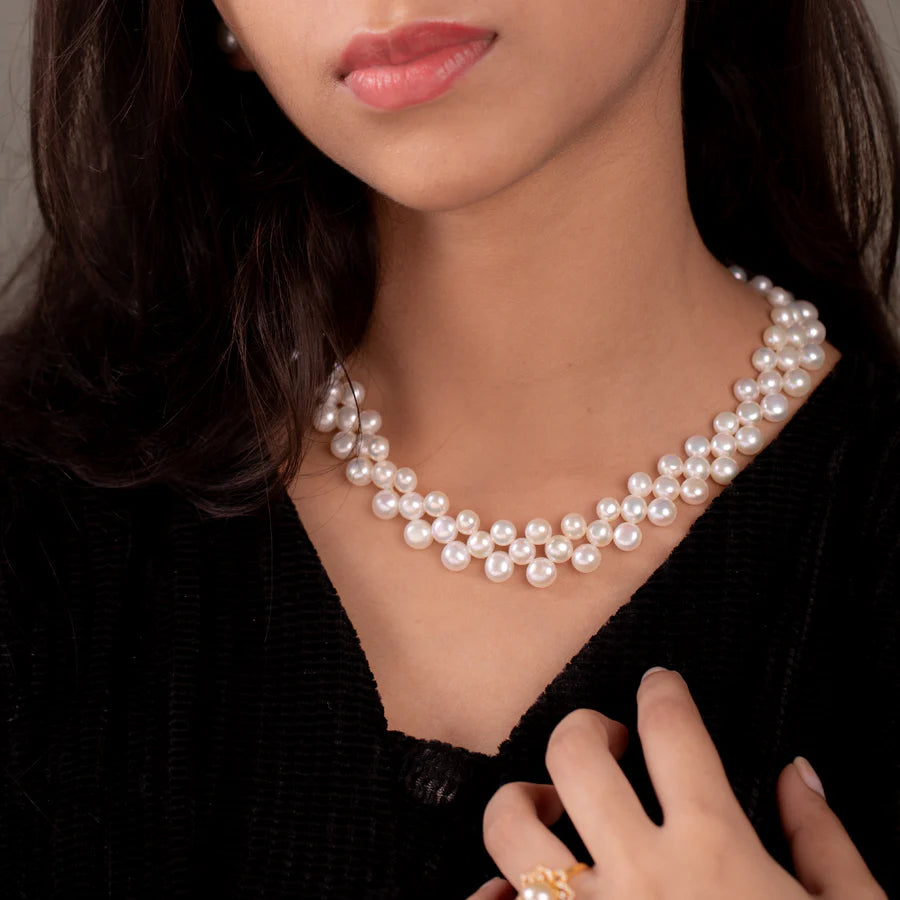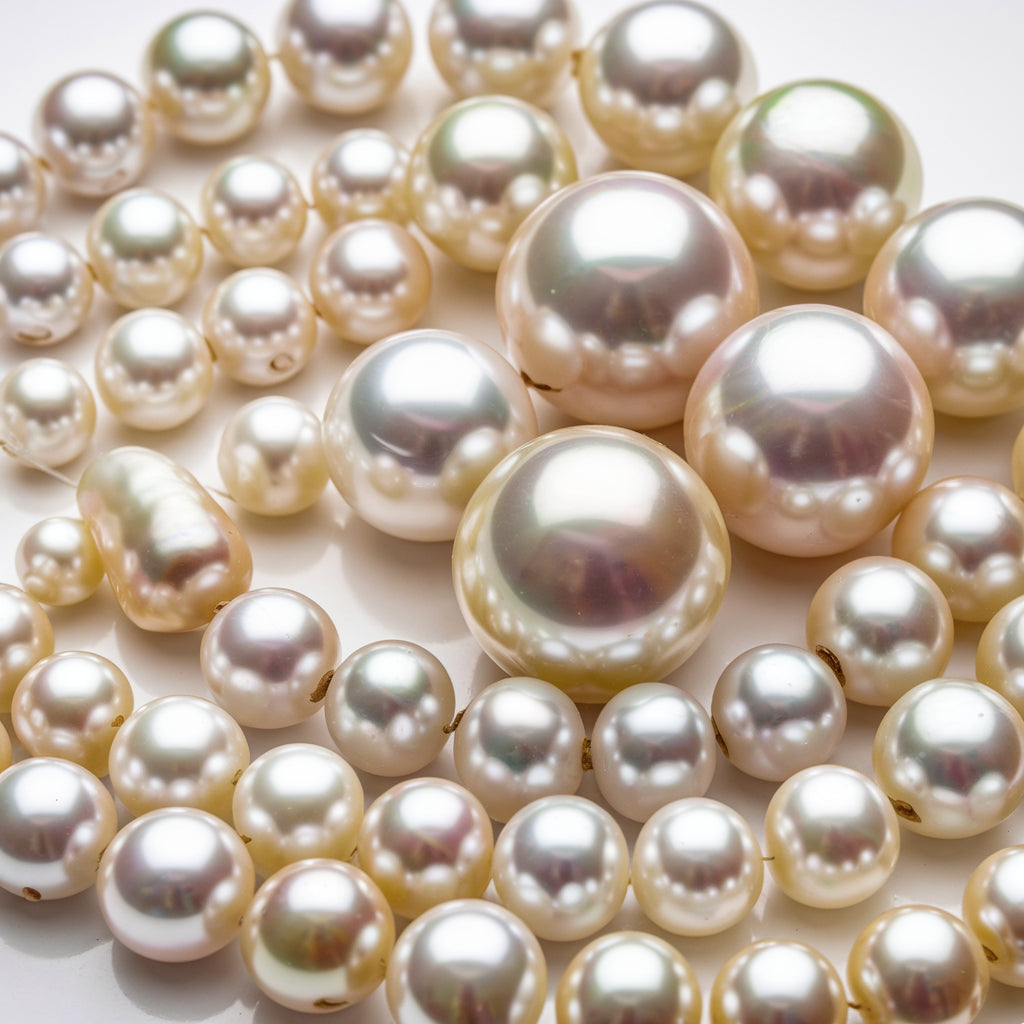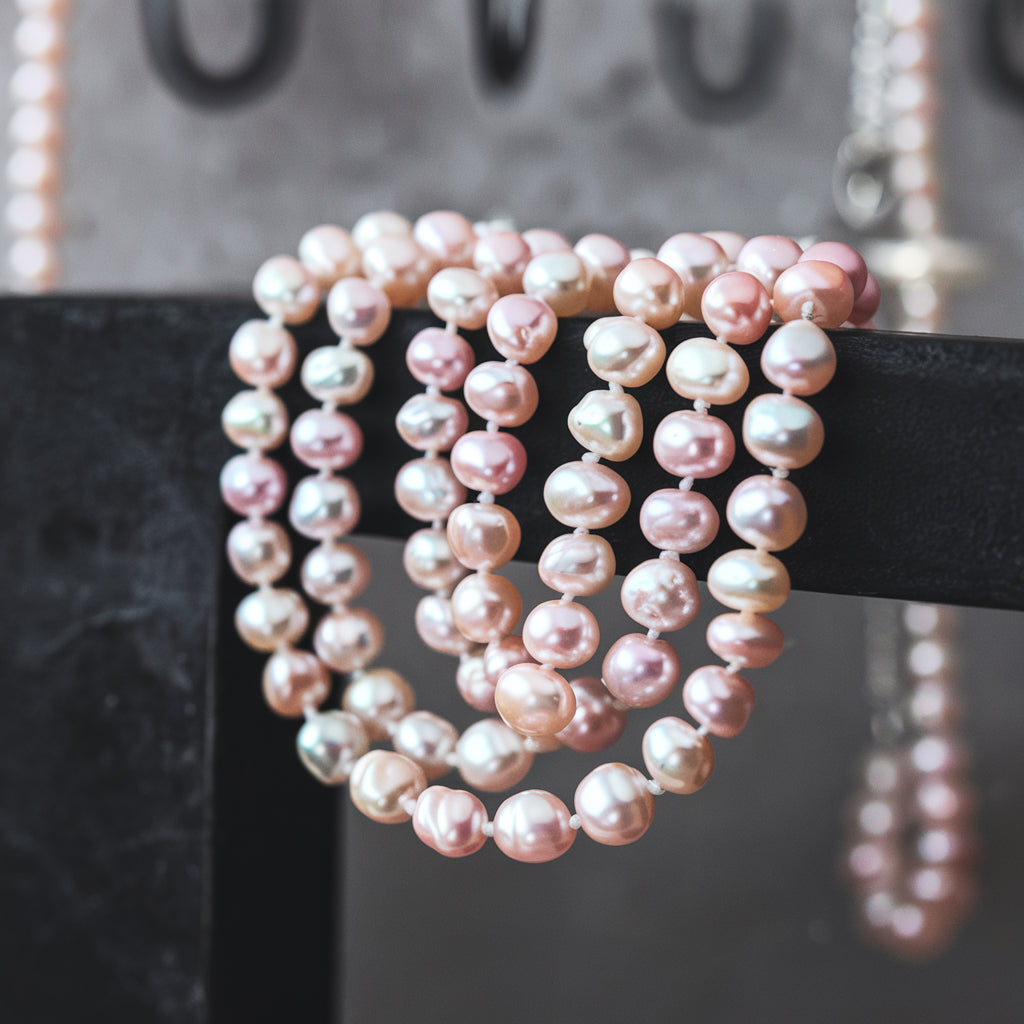Introduction
For anyone considering an investment in pearl jewelry, distinguishing real pearls from imitations is crucial. Understanding the difference between genuine and fake pearls not only ensures the value of your purchase but also the quality and longevity of the jewelry. This practical guide will walk you through various tests and inspection tips, from simple touch and visual assessments to more detailed examinations, to help you confidently identify authentic pearls.
The Tooth Test
One of the easiest ways to differentiate real pearls from fake ones is the tooth test. Rub the pearl gently against the surface of your tooth; a genuine pearl will feel slightly gritty or rough due to its natural texture, formed by layers of nacre. In contrast, a fake pearl will feel smooth and glass-like, often resembling plastic or glass.
Key Highlights:
- Gritty vs. Smooth : Real pearls have a slightly rough texture.
- Simple Test : Rub gently against a tooth to feel the difference.
- Quick & Effective : An easy way to spot fakes.

The Vinegar Test
A real pearl's authenticity can be tested using vinegar due to the calcium carbonate in its nacre. When a genuine pearl is exposed to vinegar, the acid reacts with the calcium carbonate, causing slight dissolution or bubbling. On the other hand, fake pearls, made of materials like glass or plastic, remain unaffected by the vinegar, showing no reaction.
Key Highlights:
- Chemical Reaction : Real pearls dissolve slightly in vinegar.
- Authenticity Check : Fake pearls show no response to the acid.
- Handle with Care : Only test on a small area, as vinegar can damage genuine pearls.

Visual and Tactile Inspection
Real pearls are naturally formed and often have slight imperfections, variations in shape, and subtle differences in color and luster. This uniqueness adds to their character and value. Fake pearls, however, tend to look too uniform and flawless, with identical shapes, sizes, and colors throughout. Additionally, real pearls will feel cool to the touch and have a slightly heavier weight compared to their fake, plastic counterparts.
Key Highlights:
- Imperfections & Variations : Real pearls display slight natural flaws.
- Uniformity Indicates Fake : Consistent shape and color suggest imitation.
- Feel & Weight : Real pearls are cooler and slightly heavier.

Weight and Sound Tests
Genuine pearls feel denser and more substantial compared to lightweight imitations. A simple way to test this is by holding them in your hand; real pearls should have a noticeable weight. Additionally, when real pearls are gently tapped together, they emit a soft, muted sound due to their natural nacre. In contrast, fake pearls, often made of plastic or glass, produce a hollow or sharp clinking noise.
Key Highlights:
- Dense Feel : Real pearls are heavier and more solid.
- Soft Sound : Emits a gentle, muted sound when tapped together.
- Hollow Noise Indicates Fake : Fake pearls have a louder, sharper sound.

Examining the Drill Holes
The drill holes of pearls can reveal much about their authenticity. Real pearls have sharp, clean, and well-defined drill holes, showcasing skilled craftsmanship. Conversely, fake pearls may have rough or uneven edges around the drill holes, with excess material or chipping visible, indicating lower quality and poor imitation.
Key Highlights:
- Sharp & Clean in Real Pearls : Reflects careful craftsmanship.
- Rough Edges in Fakes : Indicates lesser quality and imitation.
- Detailed Inspection : Use magnification to closely examine the holes.

Making an Informed Pearl Purchase
By applying these practical tests and inspection tips, you can confidently differentiate between real and fake pearls. Understanding the nuances of weight, sound, visual details, and other characteristics will help you make a well-informed investment, ensuring the authenticity and quality of your pearl jewelry. With these skills, you can cherish the timeless elegance and value of genuine pearls for years to come.







